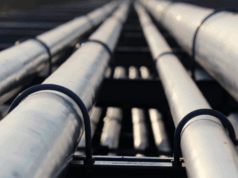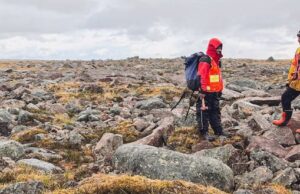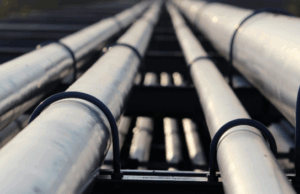
(4 Minutes Read)
Namibia has recorded an increase in infrastructure for water, education and health facilities since 2016.
According to the National Infrastructure Atlas of 2023, water infrastructure has increased by more than double to 14,402 water points from 6,646. Educational infrastructure has increased from 1,863 to 2,047, while health facilities have increased from 451 nationwide facilities to 530 in 2023. The water points are made up of 7,150 boreholes, 295 dams, 61 other water sources, 11 reservoirs, 59 rivers, streams, and lakes, 3,500 public taps, 18 unknown water supply points, 50 water pump stations, 1,255 water tanker service points, and 2,003 wells. Notably, the Kavango Region has the highest count of water facilities with 2,127, the majority being boreholes. Conversely, the region with the least water facilities is Oshana, where most of the infrastructure consists of public taps.
Among the 2,047 educational facilities, the report states that primary schools lead the pack with 1,064 establishments, followed by 632 combined educational facilities. It is also reported that there are 14 facilities catering to special education needs. The region with the most educational facilities is Ohangwena with 277 facilities and the least is Omaheke with 50 facilities, five more than the 45 recorded in 2016 for the entire region.
Health facilities are made up of 49 hospitals, 421 clinics, and 60 health centres. Notably, the region with the least health facilities is Hardap with 21 facilities, while Khomas has the highest boasting 59, an improvement from the 37 recorded in 2016.
The country’s road network, spanning over 49,000 kilometres and consisting of bitumen, gravel, and earth tracks, has also seen improvement. The network includes 8,043 kilometres of bitumen roads, 8,223 kilometres of earth-graded roads, 366.4 kilometres of earth sand roads, 5,171 kilometres of earth track roads, 26,047 kilometres of gravel roads, 362.3 kilometres of low-volume surfaced roads, 663.5 kilometres of proclaimed only roads, and 330.7 kilometres of salt roads. Particularly, the region with the longest surface road is //Kharas, boasting 7,657.7 kilometres, predominantly composed of bitumen roads. The Oshana Region has the least surface road distance, totalling 781.4 kilometres, with the majority being earth-track roads.
Moreover, Namibia has a total of 187 police stations, an increase from the 167 recorded in 2016 with //Kharas and Otjozondjupa regions having the highest count of 19 each, while Kavango West has the lowest with four, marking an improvement from the previously reported one in 2016. Post offices have remained the same with 131 in total across the country. The Khomas Region boasts the highest number with 20 post offices, while Kavango West and Kavango East have the least, each with only two.
It is reported that there are still 662 government offices nationwide, this includes 422 government offices, 14 regional offices, 105 local council offices, and 121 constituency offices. Notably, //Kharas hosts the highest number of government offices, boasting 64 establishments. Kavango West has the least number of government offices, with only 25 in total.
Read Also:
https://trendsnafrica.com/international-hydrogen-trade-forum-ropes-in-namibia/
https://trendsnafrica.com/germany-further-its-support-to-namibian-green-hydrogen-initiative/
The report further states that the country has seen a decrease in urban areas with 105 identified urban areas, a decrease from 108 recorded in 2016. Specifically, there are 13 municipalities, 26 towns, 18 villages, and 48 settlements. Interestingly, the //Kharas Region boasts the highest number of urban areas, totalling 15. In contrast, the Khomas Region has the least number of urban areas, with just one.








